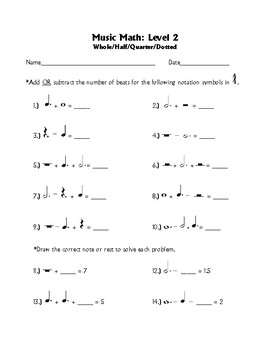

One music task that is demanding of working memory is musical transposing, which involves mentally converting notes from one musical key (i.e., pitch scale) to another key for singing or instrumental performance. If music training includes only low demands on working memory, then working memory is not likely to improve from the training, nor would it be expected to influence working memory function that supports a different cognitive behavior, such as math or reading. Working memory is highly taxed in some music tasks in others, the working memory demand is very low. Similarly, there is insufficient detail about high versus low working memory demands of specific music tasks in the general debate about potential cognitive effects of music training ( Nutley et al., 2014 Swaminathan et al., 2017). Working memory is enhanced in musicians as compared to non-musicians ( George and Coch, 2011), but neuroimaging studies of musicians have yielded little information about their brain activity during cognitive tasks with high versus low working memory load conditions. Further systematic study of brain activity during high versus low memory load conditions of music and other cognitive tasks is needed to illuminate the neural bases of enhanced working memory ability in musicians as compared to non-musicians. MEG can be used to examine musical cognition and the neural consequences of music training. In coherence analyses and neural synchrony analyses, several similarities were seen across calculation tasks however, latency analyses were sensitive to differences in task complexity across the calculation tasks due to the high temporal resolution of MEG. In the more difficult calculation condition, right temporal regions were highly active. Multiple frontal lobe regions were highly active across tasks, including the left medial frontal area during both transposing and calculation tasks but the right medial frontal area only during calculations. Right motor and premotor regions were highly active in the more difficult condition of the transposing task. Frontal-occipital connections were highly active during transposing, but not during math calculations. Magnetoencephalography (MEG) was sensitive to differences of task and working memory load.

We compared brain activity during high and low working memory load conditions of musical transposing versus math calculations in classically trained musicians. Because musical transposing involves mental adjustment of notes up or down by a specific amount, it may share cognitive elements with arithmetical operations of addition and subtraction.

MUSIC MATH LEVEL 2 PLUS

These fun cross-curricular owl-themed sheets take musical math to a whole new level! These rhythm addition, subtraction, multiplication, and fill-in-the-blank-with-a-number-or-note sheets are sure to make a “positive” impact on your students, “subtract” their doubt about note values, and “multiply” their confidence!


 0 kommentar(er)
0 kommentar(er)
